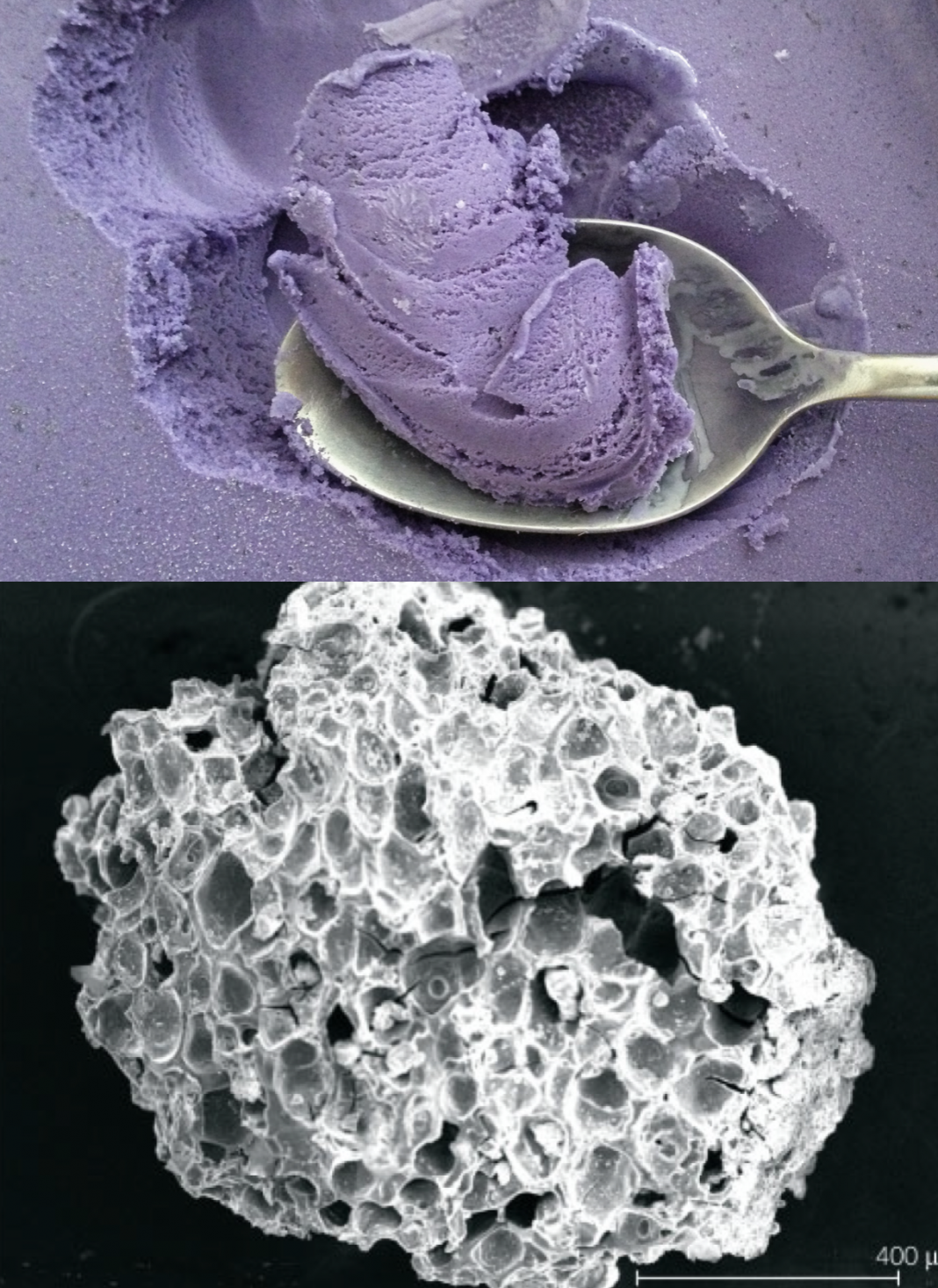How we start to love ube – first eating of ube was discovered by 7,500 years ago in Illin Island, Mindoro Occidental
By Dr. Rebekka Volmer
Filipino’s love to eat. The variety and deliciousness of Philippine cuisine is making it easy for a foreigner to adapt to this cultural trait. On top, you can find in almost every mall a Japanese, Chinese, Italian, Spanish restaurant so you will never get bored by eating.
One outstanding food to me was ube (known as purple yam). The first time I saw purple ice cream and purple cakes in my life was in the Philippines. I was surprised when I found out that out that the color was natural and I quickly started to love the vanilla, earthlike flavor of this essential ingredient of Filipino desserts.
Although we are tempted to think the variety and uniqueness of Filipino cuisine have developed through all the international impacts the Philippine culture experienced, this is only partial the truth.
In Bubog, a cast Rockshelter in Ilin Island, Mindoro, a site excavated by a team headed by Dr Alfred Pawlik, revealed left-overs of humans going back in time until about 30,000 years ago. This time period was characterized by climate fluctuations and people where facing the challenge to cope with the changing environment.
People around this time were eating mainly shells and fish, as we can expect it for people near the coast. They used hammerstones to open the larger shells to access the protein. However, they were not randomly collecting and fishing. In the earlier times, they were going for inshore fishes and shifted to coral fishes in younger times. Similarly, shells were collected from mangrove swamps and even terrestrial snails from woodland areas around until 11,000 years ago and then shifted to species found in coral reefs. This reveals how people already have the capacities to cope successfully with the changing climate.
If the food is reflecting the daily diet of our ancestors, though, is not clear. Caves and rock shelters are mythological places used for rituals and cults. Thus, Bubog might have been also used for rituals and festivities. And as every festivity today is including a lechon – we can also find wild pig bones at the rock shelter. People must have been hunting and bringing their prey up to the rock shelter – maybe they even brought it over from the mainland.
The most significant find, however, are the oldest remains of ube (Dioscorea alata) in archaeological sites. Fragments of the tissue were discovered by Jane Carlos, a botanist and research associate of the University of the Philippines. Before there was not much known about the time when people in the Philippines started to include Ube into their cuisine. According to Felice Prudente Sta. Maria, a Filipino food historian ube was first mentioned in a Spanish dictionary in 1613. That people were probably eating it before was likely, but never proven.
The love for ube started already by 7,500 years ago. Our purple royalty being part of various deserts is a deeply serrated in the Philippine cuisine. Its special taste reminds us to vanilla, pistachios, chestnuts or earth, and it propels more and more into the western cuisines. The Manila Social Club, located in Williamsburg, Brooklyn, introduced ube bae doughnuts and chef DelaCruz reports on frequent sold outs followed by three-week waiting periods. He even offers a Golden Cristal Ube Donut with Christal champagne filling and real gold crusting for $1000 per piece. Ube became more than a popular hipster trend. Similar to Coca Cola the magic of Ube is also hard to explain but easy to experience.
If other archaeological sites, maybe even older than on Ilin Island, also hold remains of ube fibre is not yet studied sufficient enough. However, the archaeological studies program is still continuing their research and will bring up more results on the diet of our ancestors in the near future.














